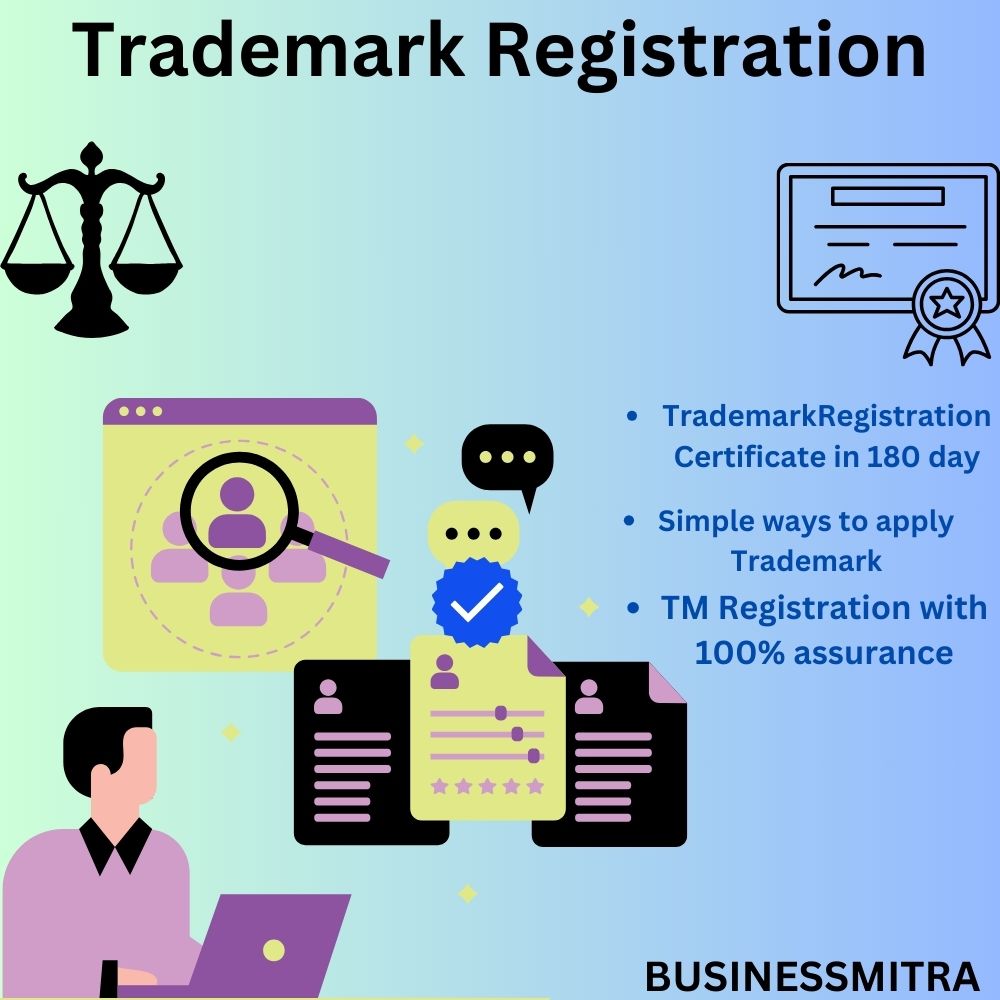
Trademark Registration of Hemp Thread and Hemp Yarns
Trademark Registration of Hemp Thread and Hemp Yarns in Class 23
Hemp threads and yarns are becoming increasingly popular in sustainable textile manufacturing. Protecting the intellectual property of these eco-friendly materials is essential for market differentiation and legal security. This blog provides a complete guide to the trademark registration process for hemp thread and yarn under Class 23 of the Nice Classification.
Understanding Class 23: Hemp Thread and Hemp Yarns
Class 23 covers yarns and threads for textile use, including hemp-based products. Hemp thread is often used in upholstery, embroidery, and industrial applications, while hemp yarn is common in apparel, home décor, and crafts. Trademark registration under this class ensures legal protection for brands operating in this niche.
Importance of Trademark Registration for Hemp Thread and Hemp Yarns
1. Brand Protection: Safeguards your identity from imitation.
2. Market Exclusivity: Establishes unique positioning in the sustainable textile industry.
3. Consumer Trust: Enhances credibility among eco-conscious buyers.
4. Legal Shield: Offers protection against misuse or infringement.
Complete Process of Trademark Registration
Step 1: Conducting a Name Search on the Trademark Public Search Portal
- Use the Trademark Public Search Portal provided by the Indian Trademark Registry.
- Check for conflicting trademarks under Class 23 using wordmark, phonetic, and device mark searches.
- Ensure your proposed name is distinctive and free of conflicts.
Step 2: Selecting a Unique Brand Name
When determining a new brand:
- Use coined or inventive words to distinguish your mark.
- Avoid generic terms like "natural hemp" or "eco yarn."
- Choose a name that aligns with your brand’s values and resonates with global audiences.
Step 3: Filing the Trademark Application
- File Form TM-A on the official Trademark Registry portal.
- Include:
- Applicant’s details.
- Trademark representation (wordmark/logo).
- Goods description under Class 23.
- Applicable government fees.
Step 4: Examination of the Application
The trademark examiner evaluates:
- Uniqueness: Distinctive from existing marks.
- Compliance: Adherence to the Trademarks Act, 1999.
Step 5: Publication in the Trademark Journal
Approved trademarks are published for public opposition. Interested parties can challenge within four months.
Step 6: Trademark Registration Certificate
If unopposed or successfully defended, the trademark is registered for 10 years, with renewal options.
Challenges in Trademarking Hemp Thread and Hemp Yarns
Reasons for Conflicts
1. Common Descriptive Terms: Names like "eco-friendly" or "organic" lack distinctiveness.
2. Overlap with Related Classes: Potential conflicts with marks in Class 24 (textiles) or Class 22 (ropes).
3. High Competition: Increased adoption of hemp products intensifies trademark disputes.
4. Lack of Awareness: Smaller businesses fail to conduct thorough searches.
5. Counterfeiting Issues: Unauthorized use of popular marks.
10 Ways to Avoid Trademark Conflicts in Class 23
1. Thorough Public Searches: Use advanced filters to identify conflicts.
2. Unique Branding: Opt for non-descriptive, creative brand names.
3. Logo Registration: Combine a unique wordmark with a distinctive logo.
4. Avoiding Overused Phrases: Steer clear of generic or trendy buzzwords.
5. Trademark Monitoring: Keep track of new trademark filings in Class 23.
6. Cross-Class Registrations: Extend protection to related classes like 22 and 24.
7. Legal Counsel: Engage trademark attorneys for expert guidance.
8. Documented Use: Maintain evidence of consistent brand usage.
9. Global Coverage: Register internationally using the Madrid Protocol.
10. Timely Renewals: Avoid lapses in registration by renewing on time.
Mitigating Conflicts in the Hemp Thread and Hemp Yarn Industry
Addressing Trademark Disputes
1. Opposition Proceedings: File oppositions promptly if conflicting trademarks are published.
2. Negotiation and Mediation: Resolve disputes amicably with potential infringers.
3. Legal Rectification: File for rectification if a conflicting mark is erroneously registered.
4. Trademark Watch Services: Monitor unauthorized use of your brand name.
5. Documentation: Keep robust evidence of trademark usage, including advertisements and packaging.
Best Practices for Conflict Resolution
- Educate Stakeholders: Raise awareness about trademark laws among employees and partners.
- Leverage Technology: Use AI tools to detect potential conflicts early.
- Engage in Co-Branding Agreements: Collaborate with competitors to avoid legal disputes.
Examples of Leading Brands and Registered Trademarks
Top 10 Hemp Thread Brands with Registered Trademarks
1. EcoThread™ – Known for sustainable hemp threads.
2. HempWeave™ – Popular in upholstery materials.
3. GreenSpun™ – Offers premium embroidery threads.
4. NaturalFlex™ – Combines durability with eco-friendliness.
5. PureHemp Threads™ – Specializes in biodegradable options.
6. EarthLine™ – Focuses on organic hemp threads.
7. Threadology™ – High-quality hemp threads for crafts.
8. BambooHemp Blend™ – Blends bamboo and hemp fibers.
9. HempFabricCo™ – Premium industrial threads.
10. EcoTwist™ – Sustainable textile threads.
Top 10 Hemp Yarn Brands with Registered Trademarks
1. HempHarmony™ – Renowned for knitting yarns.
2. EcoFiber Yarns™ – Ideal for eco-conscious weavers.
3. HempSpindle™ – High-performance yarns for weaving.
4. NatureKnit™ – Popular in home décor applications.
5. GreenStitch™ – Focuses on crochet yarns.
6. PureFiber™ – Offers 100% hemp yarns.
7. EarthyTwine™ – Specialty yarns for handicrafts.
8. HempArtisan™ – Premium yarns for bespoke textiles.
9. TwistNatural™ – Blended yarns with superior texture.
10. HempWorks Yarns™ – Known for industrial-strength yarns.
Conclusion
Trademark registration for hemp thread and hemp yarns in Class 23 is an essential step for building a strong, protected brand in the sustainable textile industry. The outlined process, from name search to registration, ensures your intellectual property is legally safeguarded. By addressing challenges proactively and employing strategies to avoid conflicts, businesses can navigate this growing market with confidence.
Take steps today to protect your brand and strengthen its market position in the eco-friendly textile sector.
